Effective Personal Fundraising Letter Template for Your Campaign

When seeking assistance or contributions for a cause, having a clear and well-structured communication is key. An impactful request can make a significant difference in reaching your goal. It’s important to convey your message in a way that resonates with your audience and encourages them to take action.
Essential Elements of a Compelling Request
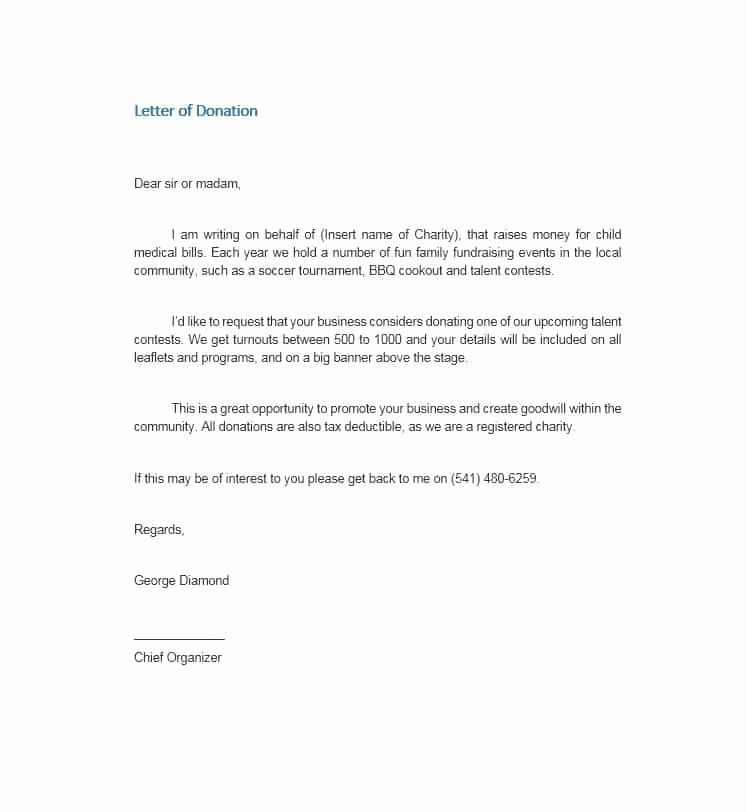
To craft a successful appeal, ensure it includes several important elements that establish a strong connection with your audience:
- Clear Purpose: Make it evident why you are reaching out and what you hope to achieve.
- Personal Connection: Share your personal involvement or story behind the cause to build an emotional link.
- Specific Ask: Clearly state what kind of support or action you are requesting.
- Appreciation: Acknowledge the importance of the potential donor’s contribution, no matter the size.
Crafting the Right Tone
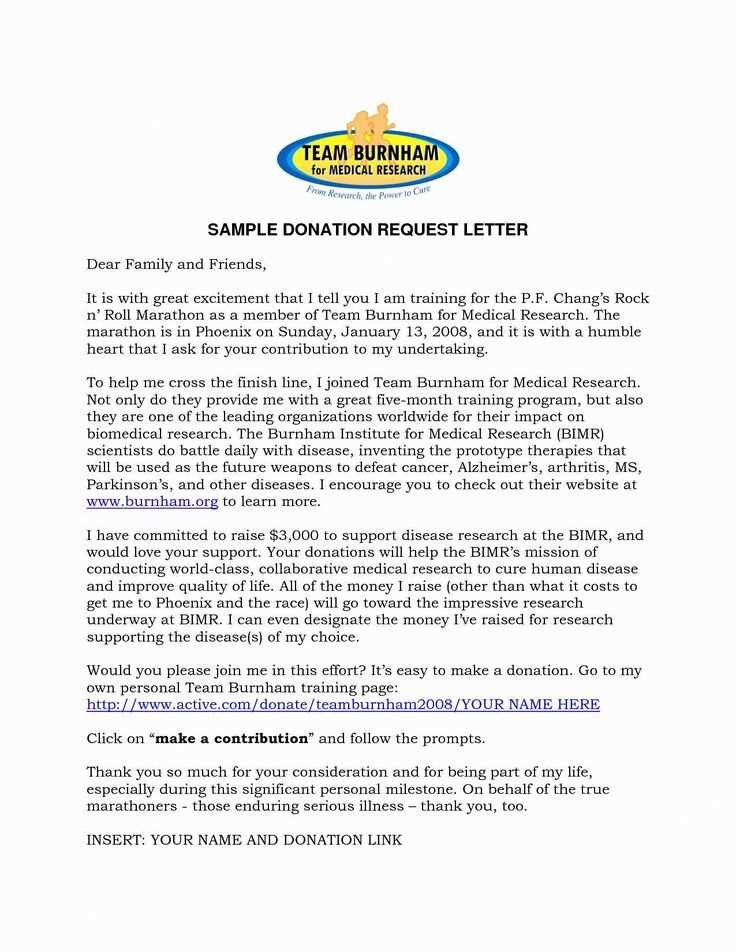
The tone of your message should reflect both your sincerity and respect for the recipient. Whether you’re requesting a small or large contribution, the language should feel genuine and motivating, avoiding any sense of pressure or entitlement.
How to Personalize Your Appeal
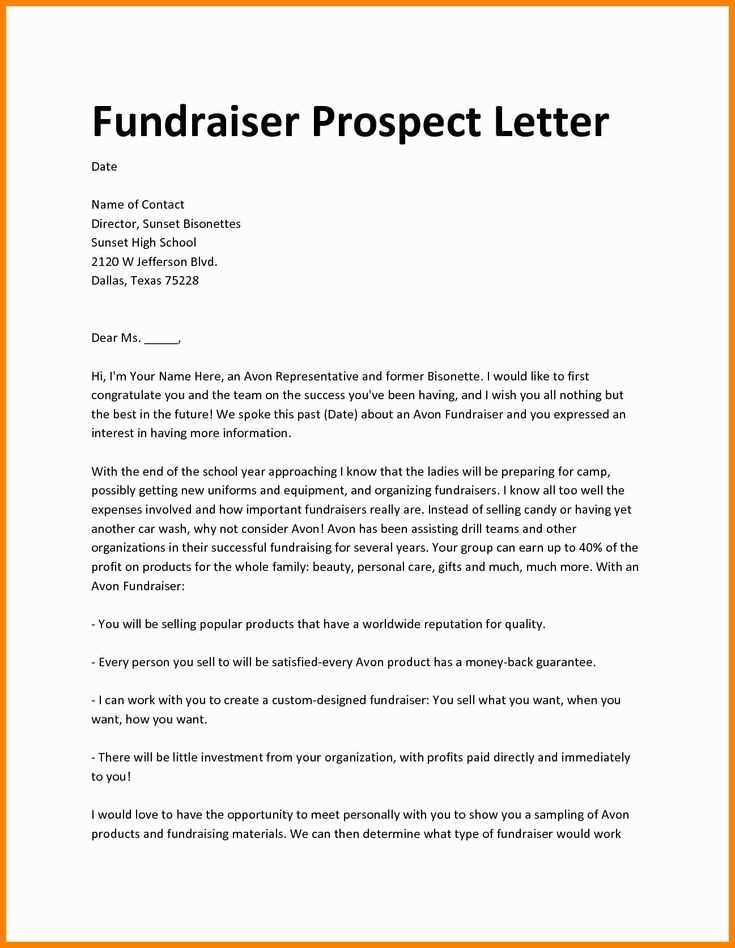
Every recipient is different, and tailoring your approach can improve your chances of success. Consider addressing individuals directly by name and including personal references that show you value their unique role in your initiative. Personalization helps foster a sense of importance and inclusion.
Optimizing Your Call to Action
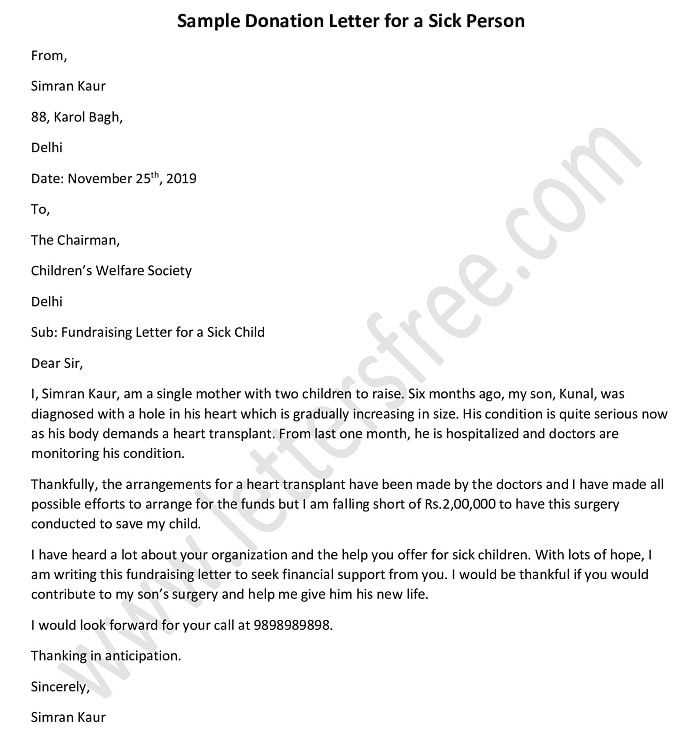
Ending your message with a clear and direct call to action is essential. Whether it’s a financial contribution, volunteering, or spreading the word, make it easy for the recipient to know how they can help. Provide clear instructions and any necessary details to make the process as straightforward as possible.
Avoiding Common Pitfalls
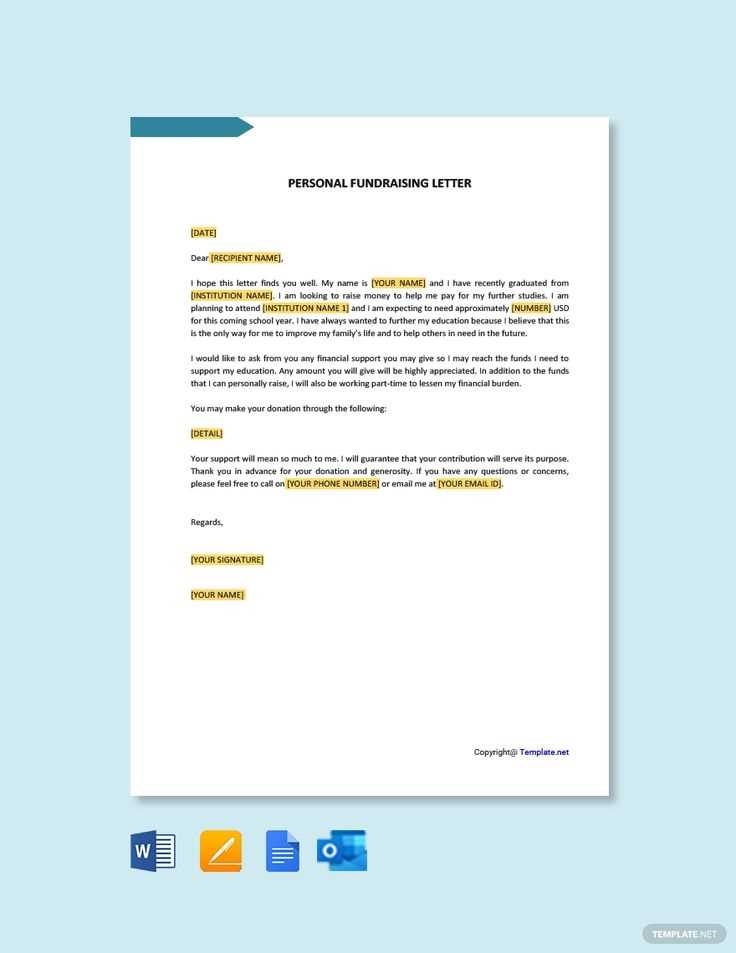
It’s easy to make mistakes when crafting an appeal, but being mindful of a few common missteps can help you stand out:
- Overloading the message: Keep it concise, focusing on the most important points without overwhelming the reader.
- Being vague: Avoid ambiguous language; your request should be clear and actionable.
- Ignoring follow-up: Remember to thank your recipients and update them on the impact of their contributions.
Creating a Powerful Appeal for Support
To successfully garner assistance for your cause, a well-thought-out and persuasive approach is crucial. The way you communicate your need can play a decisive role in motivating others to contribute and get involved. Crafting an emotional and compelling message will increase your chances of building connections with potential supporters.
How to Craft an Emotional Request
When making a request, it’s important to evoke empathy and connect on an emotional level. Share the story behind your cause, explaining why it matters to you personally. Paint a vivid picture of the impact that support can have, and be sure to convey the urgency or importance of the situation.
Key Elements of a Successful Appeal
A powerful appeal should include a few key elements that are essential to ensuring clarity and motivation:
- Clear Objective: State the purpose of your request and what you need from your audience.
- Emotional Engagement: Share why the cause matters to you and how the recipient can make a meaningful impact.
- Specific Request: Clearly outline what you are asking for, whether it’s financial support or another type of contribution.
Building Trust with Potential Supporters
Trust is the foundation of any successful relationship, especially when seeking help. Be transparent about how the contributions will be used, and reassure supporters that their involvement will make a real difference. Regularly updating your supporters on the progress of your efforts can reinforce that trust.
Personalizing Your Appeal
Generic messages can often feel impersonal and fail to engage the recipient. Take the time to personalize your message, making it clear why you are reaching out to them specifically. Use their name and reference any previous interactions or shared experiences to make the appeal more meaningful.
Selecting the Right Call to Action
Conclude your message with a direct and actionable step. Whether it’s donating, volunteering, or sharing the cause with others, be sure your audience knows exactly how they can get involved. Make it as easy as possible for them to take action.
Common Mistakes to Avoid
When crafting your message, be aware of common mistakes that can undermine your appeal:
- Being too vague: Avoid generalities. Your request should be clear and specific.
- Overloading with information: Keep your message focused and concise.
- Failing to follow up: Always thank your supporters and update them on the results of their contribution.